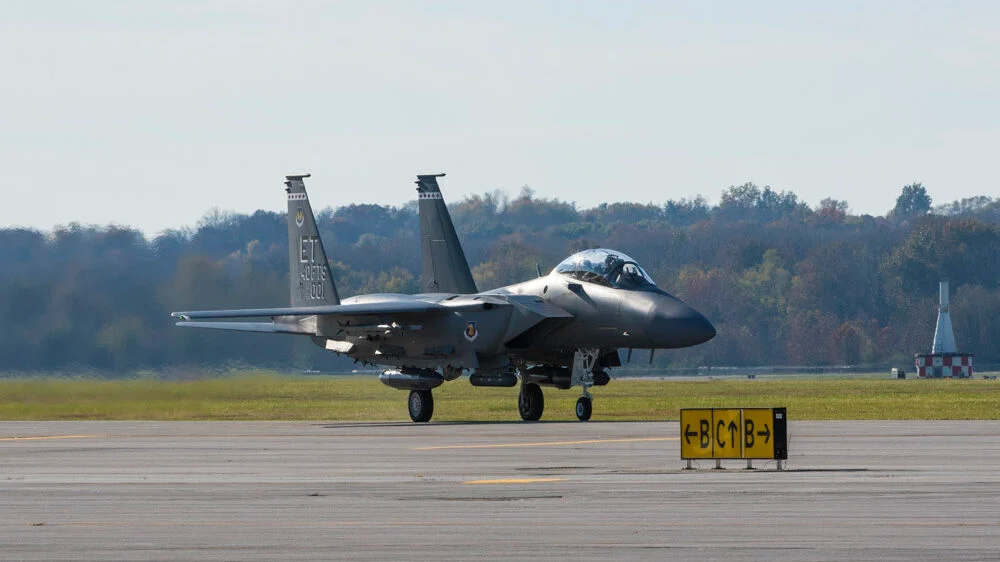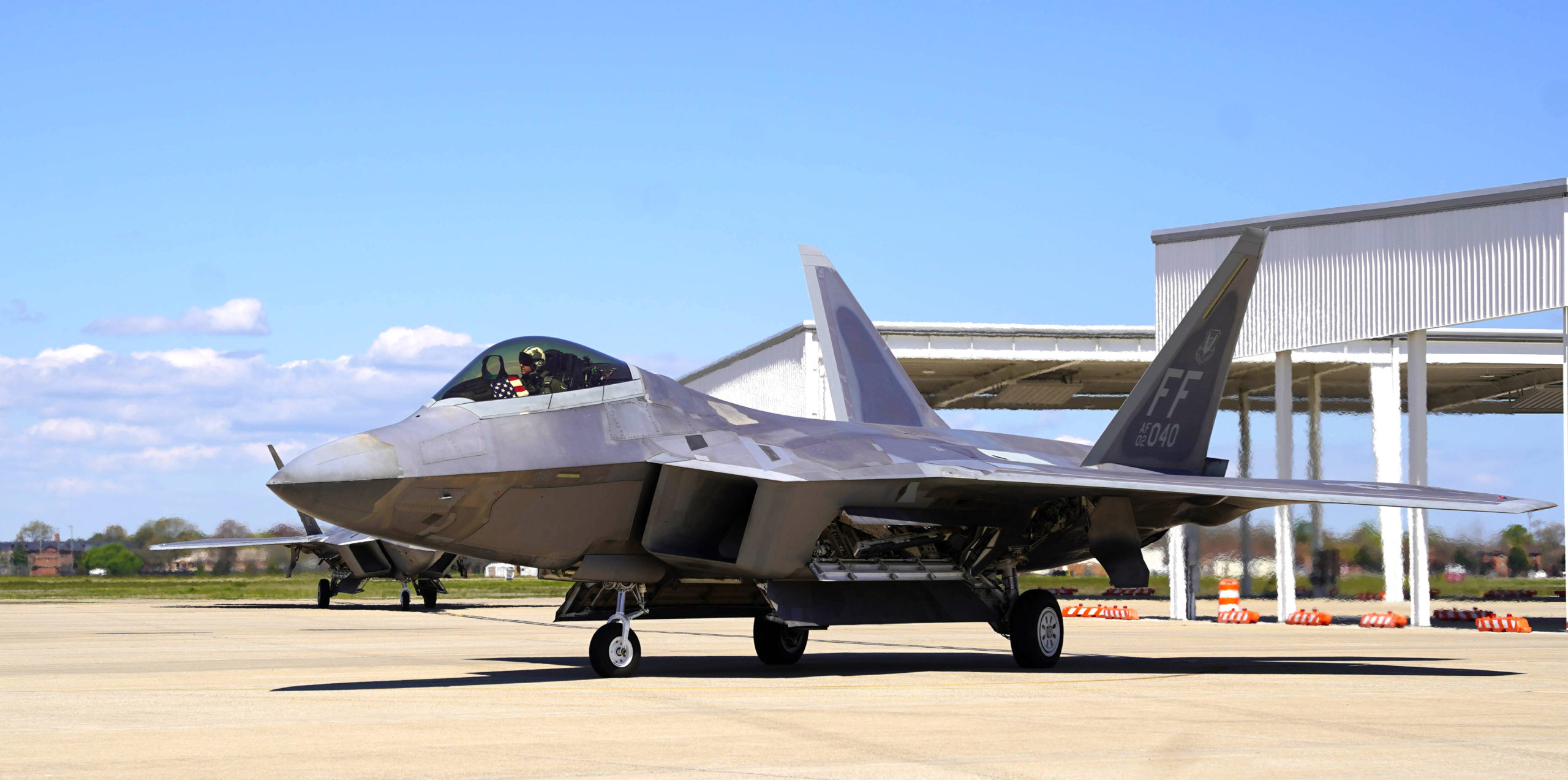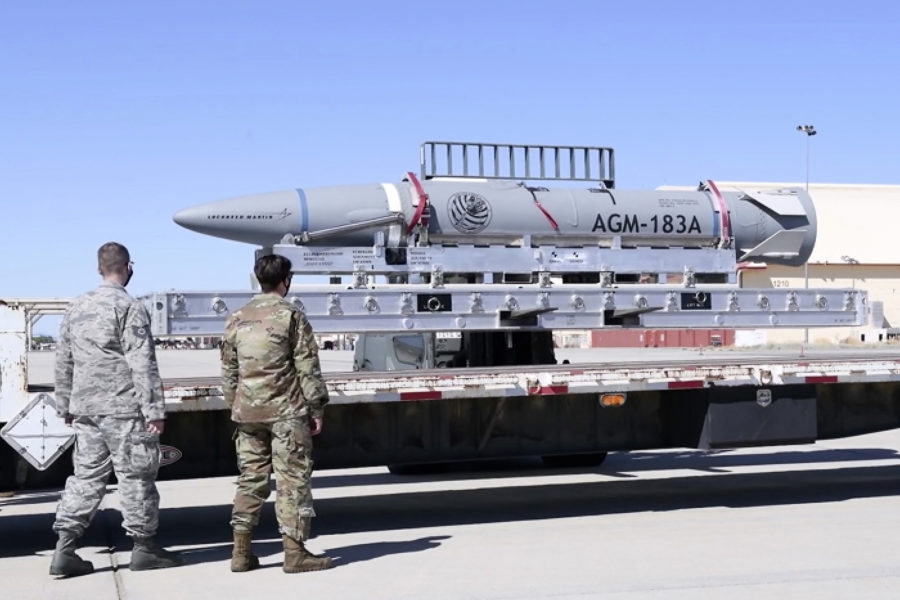
House Bill Would Block F-22 Retirements, Keep Buying Air Force F-15EXS
We're extremely, focused on being cutthroat with the pacing challenge [of China]," said Aviation based armed forces Secretary Honest Kendall. "I think the spending plan that we've submitted pushes us ahead not exactly as quick as we might want to, yet it pushes us ahead in the correct bearing while at the same time keeping up with current abilities that are crucial for the country.
Washington: The US Flying corps will demand a sum of $188.1 billion in the 2025 monetary year, part of a financial plan accommodation that requests legislators to greenlight the retirement from 250 airplanes, authorities uncovered today.
In a Friday preparation with journalists in front of the financial plan discharge, Kristyn Jones, who is playing out the obligations of the Flying corps Undersecretary, said that the help's financial plan would develop by around 1.6% contrasted with the FY24.

Solicitation of $185.1 billion, an increment of $3 billion. For the Branch of the Flying corps (DAF), which incorporates the Space Power, the DAF's topline would develop from $215.1 billion in FY24 to $217.5 billion in FY25, an increment of around 1.1%.
We're incredibly, focused on being cutthroat with the pacing challenge [of China]," Flying corps Secretary Forthcoming Kendall told journalists during the Friday preparation.
I think the financial plan that we've submitted pushes us ahead not exactly as quick as we might want to, however it pushes us ahead in the correct bearing while at the same time keeping up with the ongoing capacities that are crucial for the country. So I'm quite alright with what we're requesting, given the limitations that we have.
Under spending limits forced by Congress through the Financial Obligation Act (FRA), complete safeguard spending was covered at $886 billion in FY24 and $895 billion in FY25. Those numbers constrained intense compromises, authorities said, diminishing some modernization plans like endeavors to renew maturing warriors.
Flying corps allies rush to bring up the help's financial plan is really more modest than depicted, as $45.1 billion in the DAF's spending plan is incorporated for passthrough, or "non-blue" spending that is charged to the Aviation based armed forces however goes to offices outside the Pentagon. (Counting the passthrough spending, the DAF's complete FY25 financial plan demand is $262.6 billion.)

As indicated by Kendall, authorities strived to safeguard financing for his seven functional goals pointed toward countering China, however many-space related objectives could see a relative log jam because of monetary cutoff points.
However administration pioneers have broadcast for a really long time that the FRA would drive them to pare back spending plans, development of a little more than one percent is probably not going to fulfill falcons anxious to see the Pentagon's topline transcend the pace of expansion, especially as China hones its tactical ability.
Further spending outside those covers could be conceivable through a supplemental bundle, however one supported by the Biden organization is, similar to the FY24 demand itself, right now in an in-between state on Legislative center Slope.
Procurement: Fewer Fighters, More Missiles and No Arrow
The Flying corps' obtainment account is one of the most recognizable regions to endure a shot under the FRA covers, dropping from a mentioned $30.6 billion in FY24 to $29 billion in FY25. Those assets, authorities say, will purchase a sum of 90 airplanes, as well as a scope of weapons and other gear.
As well as securing a sum of 60 warrior jets 42 F-35As and 18 F-15EXs the help will look to proceed with obtaining of Boeing's KC-46A refueling airplane, asking legislators for $3.1 billion to purchase 15 big haulers.

Subsequent to supporting creation last year, authorities will likewise push ahead with obtainment of eight Boeing MH-139s, which will watch the help's rambling ICBM storehouses, albeit the help see didn't give a financial plan figure to these helicopters. Seven Boeing T-7A coaches would likewise be obtained at the expense of $233 million.
About $353 million is likewise being mentioned to proceed with low-rate introductory creation of one of the help's most noteworthy needs, the B-21 Looter top secret plane. The Pillager's designing and assembling improvement stage will likewise go on pair, which would involve about $2.7 billion in innovative work cash.
Long term acquisitions would go on for key weapons $825 million for 550 Joint-Air-to-Surface Stalemate Rockets (JASSM) and $166 million for 115 Long Reach Hostile to Transport Rockets (LRASM) alongside $131 million for 128 High level Enemy of Radiation Directed Rocket, Broadened Reach (AARGM-emergency room) weapons.
A long term obtainment technique for Cutting edge Medium Reach Aerial Rockets (AMRAAM) would likewise proceed, however a dollar figure for the 462 rockets mentioned in the FY25 spending plan was not quickly accessible.
The Flying corps is purchasing the AARGM-emergency room until its new Substitute Assault Weapon rocket comes on the web, which Aviation based armed forces Representative Associate Secretary for Financial plan Maj. Gen.
Michael Greiner told journalists the help needs to begin delivering in 2027. Essentially, the help is likewise pushing ahead to purchase 50 Joint Strike Rockets, which Greiner told correspondents last year would act as a break ability until LRASM creation slopes up. AMRAAM is further a break purchase until its replacement, the Joint High level Strategic Rocket (JATM), can be delivered in enormous amounts.
Notwithstanding, Greiner said the mentioned long term buys are predicated on Congress endorsing past proposed long term purchases starting in FY24, and whose results are unsure until the FY24 allotments are finished. Should legislators reject the move, the help will not have the option to use as perfect of an economy of scale, which Greiner said could affect the last amount.
After a few apparently contradicting messages from authorities, the destiny of what might have been the Flying corps' first hypersonic weapon is presently more clear. Albeit a key test actually stays, whose results authorities said will illuminate future speculation choices, no assets are being put toward purchasing the Air-Sent off Fast Reaction Weapon (ARRW) in FY25.
Flying Into The Sunset
Like last year, the Flying corps is looking for a pile of divestments to let loose assets from keeping up with airplane authorities contend are presently not equipped for acting in a friend battle. That cash, authorities say, could be better spent on making ready to fresher substitutions.

Encapsulating that view is divestment of the A-10 Warthog, which legislators safeguarded against for quite a long time prior to yielding in FY23. Subsequent to acquiring endorsement for 42 retirements last year, the help presently looks for 56 extra retirements, keeping with an objective to get out the stock before the end free from the ten years.
Another key divestment need are more established F-22 Raptors known as Block 20 airplanes. However Congress has recently impeded the move, the assistance will by and by attempt to strip 32 of the battle jets in FY25.
Stripping those planes will let loose assets for different drives like its substitution, the Cutting edge Air Strength (NGAD) warrior, and modernizing other F-22s to connect the way to NGAD.
R&D Dollars
Altogether, the Flying corps intends to demand about $37.7 billion for Research and development, about $1.5 billion a greater number of than the FY24 solicitation of $36.2 billion.
To handle another age of airpower, the Flying corps needs to spend huge on the "group of frameworks" supporting NGAD innovations, requesting a sum of almost $3.4 billion for the work.

That incorporates about $2.8 billion for the NGAD stage and roughly $680 million for the Cooperative Battle Airplane (CCA) drone partner program $560 million for the actual robots and one more $120 million for other related CCA work like independence advancement. An honor for NGAD, thought to be either Boeing or Lockheed Martin, is normal this schedule year.
As per a Flying corps representative, that CCA cash will be designed for building creation delegate robots and continuing with a test crusade. As Breaking Protection initially revealed, five organizations Anduril, Boeing, General Atomics Aeronautical Frameworks.
Lockheed Martin and Northrop Grumman were chosen by the Flying corps for a beginning phase of the CCA program, which authorities as of late said will before long take out a few sellers. The FY25 cash will moreover start off early labor briefly, equal CCA improvement program for a different tranche of robots.
Research on other key drives will proceed, similar to the Hypersonic Assault Journey Rocket (HACM) that high ranking representatives like Kendall have recommended they are "more dedicated" to than ARRW. The help will demand about $517 million for HACM, as well as $623 million for another atomic equipped voyage rocket known as the Long Reach Stand Off (LRSO) weapon.
A work to handle a substitution for the E-4B Nightwatch "Armageddon plane" would likewise see a leap in financing to $1.7 billion, up from $900 million in FY24. Subsequent to Boeing was disposed of from dispute for the program, everyone is focused on Sierra Nevada Corp. as the main freely known competitor that remaining parts. The honor for that program is normal this schedule year.
 The Defence Blog
The Defence Blog